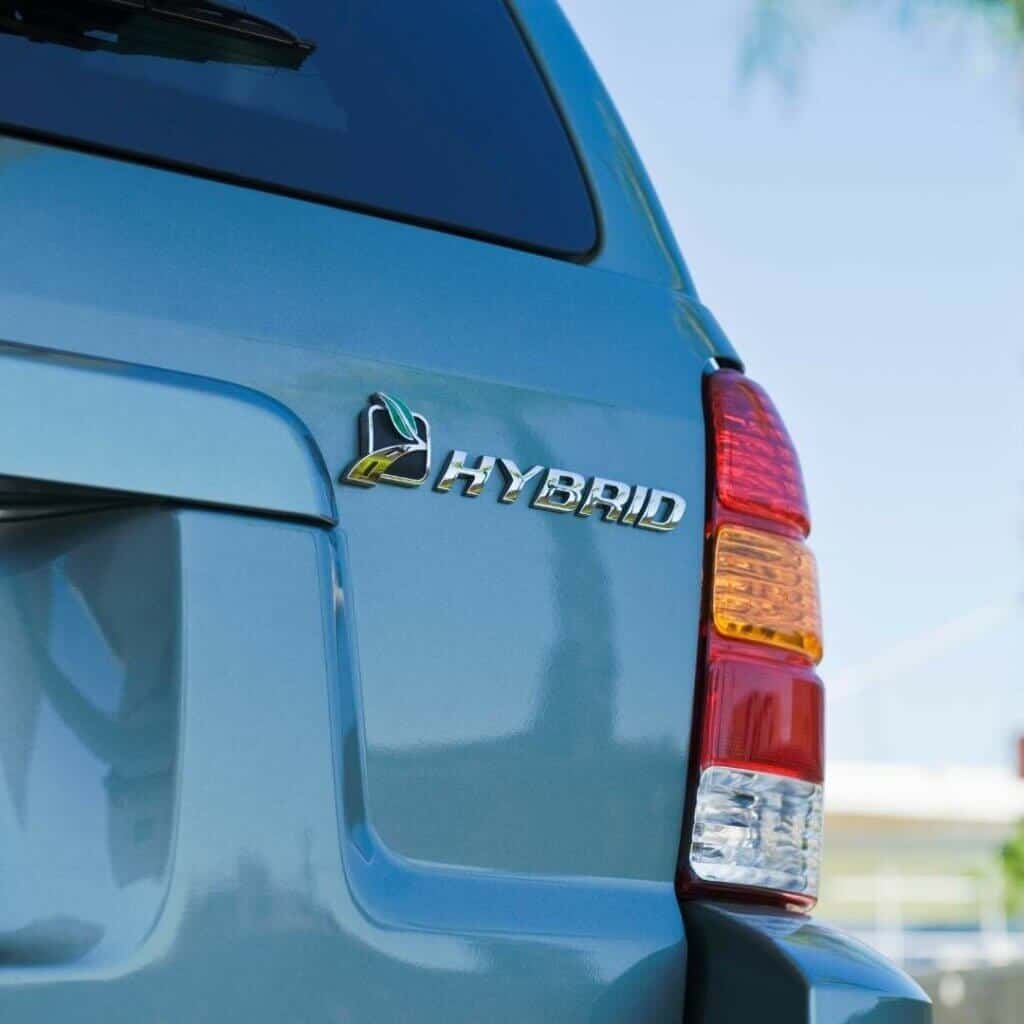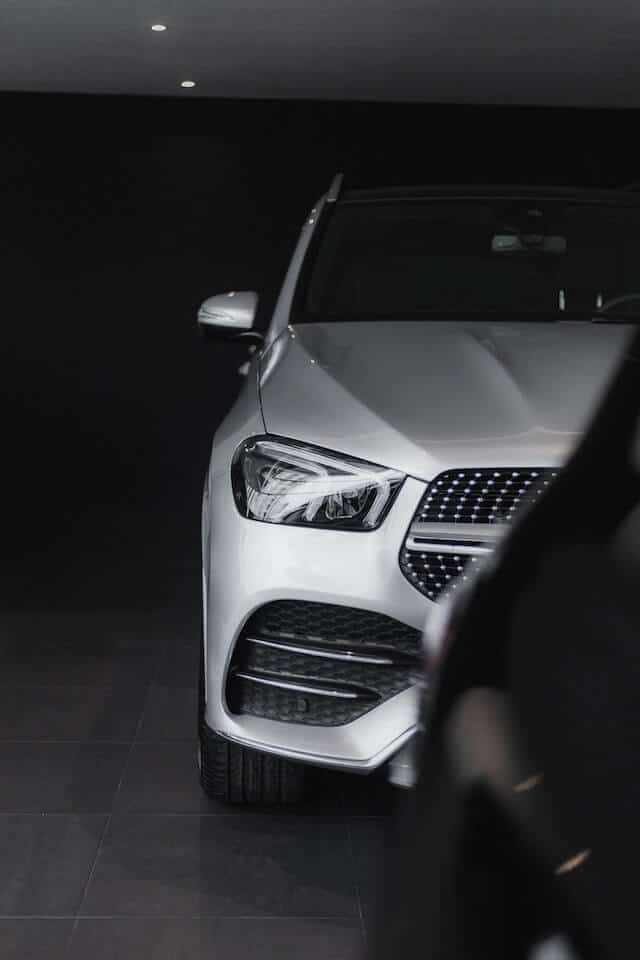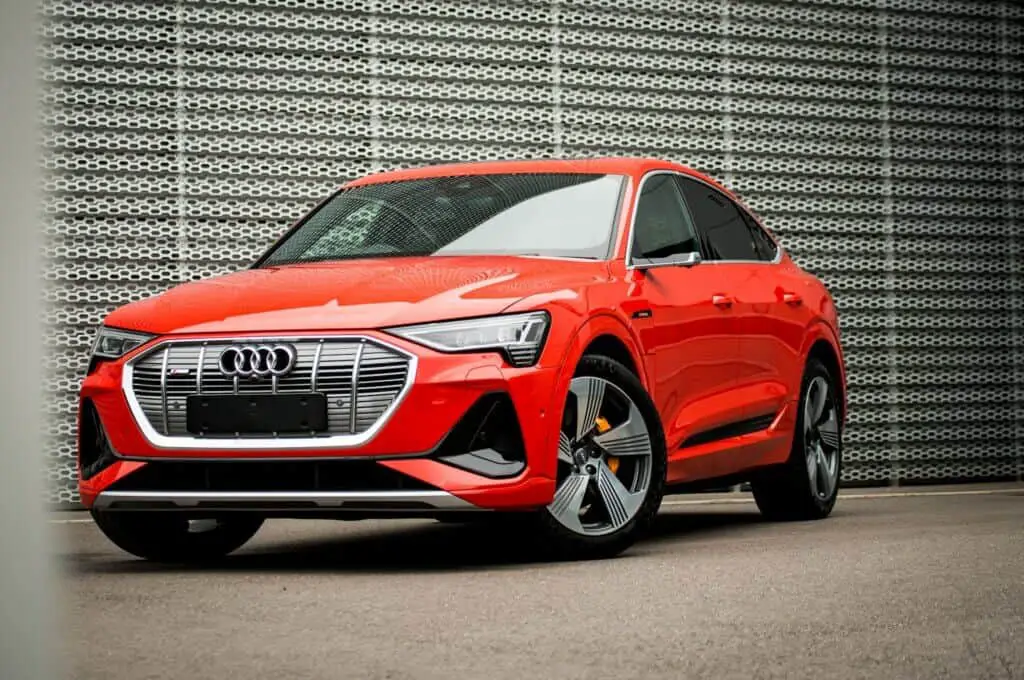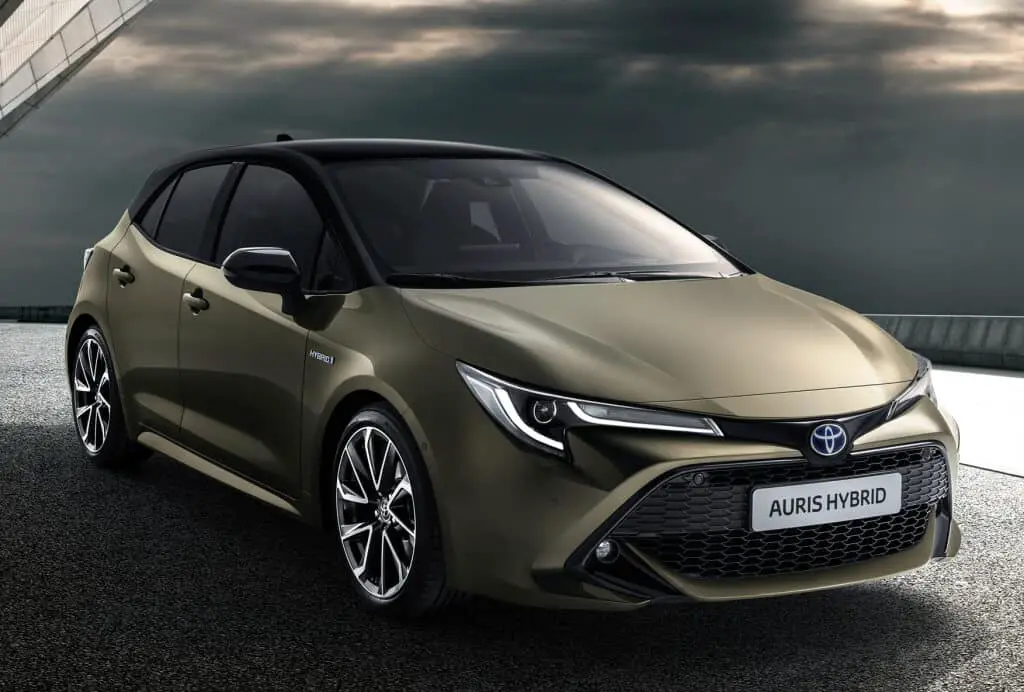Are you familiar with the Mitsubishi Outlander PHEV problems that may after some mileage?
The Mitsubishi Outlander PHEV is a popular electric hybrid SUV in production since 2013. It was one of the first plug-in hybrid electric vehicles (PHEVs) to be widely available. The vehicle has since become one of the market’s most popular and successful PHEVs. It offers a unique design with up to seven seats, excellent fuel economy, and impressive performance.
It has an all-wheel-drive system, a 2.4-liter 4-cylinder engine, and an electric motor. This configuration allows it to achieve up to 74 MPG. The PHEV also has a strong battery range, allowing it to travel up to 33 miles on electric power alone.
The car also offers a range of features, including an 8-inch touchscreen display, a 360-degree camera, and Apple Car Play and Android Auto integration.
However, while Outlander PHEV is great, it is not without issues. This article will articulate some of the most common problems associated with the Mitsubishi Outlander PHEV and offer possible solutions.
Mitsubishi Outlander PHEV problems
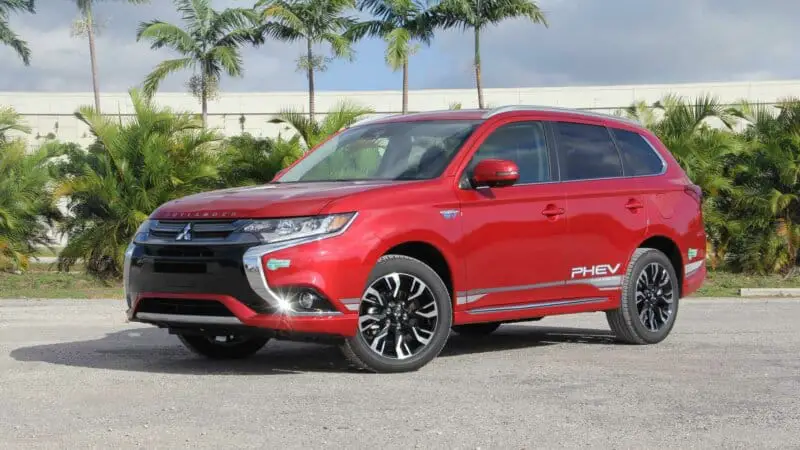
Mitsubishi Outlander PHEV has several issues that range from minor annoyances to major safety concerns. However, the most common problems with the Mitsubishi Outlander PHEV are related to its battery, charging system, and electrical components.
As a result, the battery can become drained too quickly, and it can be difficult to fully charge the vehicle.
The charging system can also be unreliable and cause the vehicle to shut down unexpectedly. In addition, the electrical components become faulty, resulting in strange noises, flickering lights, and other problems.
Other common issues include trouble with transmission, powertrain, brakes, and infotainment systems.
Transmission issues are also common, with some owners reporting that their vehicles shift erratically or jerk when running. In addition, there have been reports of the car stalling or losing power during acceleration.
8 Most Common Mitsubishi Outlander PHEV Problems
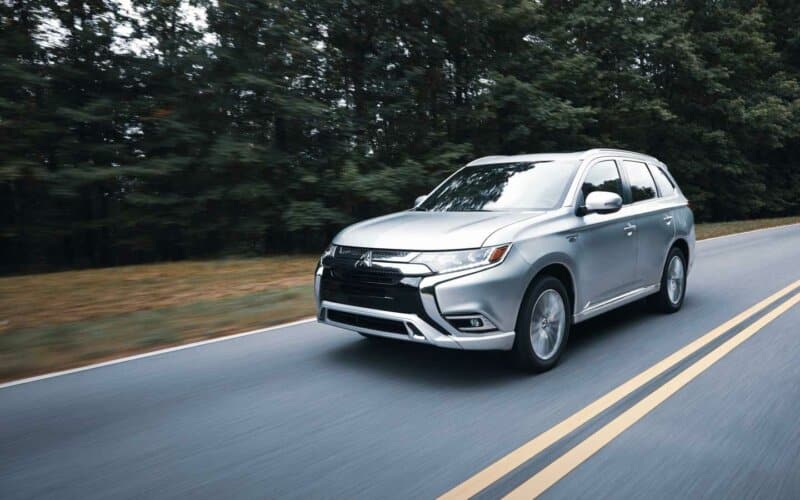
- Battery Problems
The Outlander PHEV’s battery is known to have several problems that can cause it to become unresponsive or drain quickly. The most common is that the battery may not charge properly or may overheat, leading to a decrease in range and performance [1].
Additionally, the battery may prematurely degrade, resulting in a shorter lifespan.
Battery problems can be caused by various factors, such as not charging the battery regularly or leaving the vehicle idle for extended periods. The battery may be drained too quickly, leading to a slow start.
Unfortunately, these problems can be difficult to diagnose, as many components are involved in the charging system.
If the battery is not charging properly, it may need to be replaced. Another issue is that the battery can become overcharged due to a faulty charging system, leading to reduced range and increased battery wear.
Battery problems can also be caused by other factors, including excessive use of the vehicle’s features, such as the air conditioning and radio.
It can also be caused by a malfunctioning electrical component, such as a failing alternator. The battery can also be drained if the vehicle is not regularly charged and maintained.
- Charging System issues
Another common problem is the vehicle’s charging system. The charging system can become unreliable, causing the car to shut down unexpectedly or not charge properly.
A faulty battery, a malfunctioning charging port, or a defective charging cable can cause this. The charging system can also become overwhelmed if the vehicle is used in extreme temperatures or if the battery is not regularly maintained. [2]
- Engine Stalling
A stalling engine is a common problem with the Outlander PHEV. This is often caused by a faulty fuel injector, which can be replaced with a new one.
Additionally, the fuel filter may need to be replaced if it is clogged.
As a result of the faulty engine, the car will suffer poor acceleration, which various factors may cause. Some of these factors include; spark plugs that are worn out, a clogged air filter, or a faulty oxygen sensor.
Replacing the spark plugs, air filter, and oxygen sensor should resolve the issue.
- Powertrain and Braking Problems
The Outlander PHEV’s powertrain has been known to be unreliable, often causing the car to stall or lose power during acceleration [3].
In addition, the powertrain can be affected by a lack of lubrication, and sometimes it can experience excessive vibration and noise due to several factors, including worn or damaged components.
Such issues can lead to a decrease in performance and increased fuel consumption. To help reduce the likelihood of these problems, drivers should ensure that the powertrain is regularly inspected and that any worn components are replaced as soon as possible.
The Outlander PHEV’s brakes have been known to be unreliable and unresponsive, often resulting in inadequate stopping power. In addition, the brakes can become noisy and cause excessive vibration, leading to a less comfortable ride.
- Electrical Malfunctions and Infotainment System Issues
Electrical malfunctioning can range from minor issues like flickering lights to more severe problems like dead batteries.
These problems can be caused by various factors, such as a faulty alternator, a loose or corroded battery cable, or a blown fuse [4]. Therefore, the electrical components should be inspected and replaced to ensure the vehicle operates properly.
Outlander PHEV’s infotainment system is known to be unreliable, often causing the system to become insensitive or freeze up. In addition, the system can become slow and slaggy, making it difficult to use.
A faulty wiring harness, navigation system, or audio system can cause this. Replacing the wiring harness, navigation system, and audio system should resolve the issue.
- Transmission problems
The Outlander PHEV has been known to experience transmission problems, with some owners reporting that their vehicles shift erratically or hesitate during acceleration.
The trouble can be caused by various factors, such as low fluid levels, a dirty transmission filter, or a faulty transmission solenoid [5].
In addition, the transmission can become noisy and cause excessive vibration, leading to a less comfortable ride. Replacing the transmission control module, flushing the transmission fluid, and replacing the torque converter should resolve the issue.
- Power Steering Issues
The Outlander PHEV has also been known to suffer from power steering issues. A faulty power steering pump, worn-out power steering belt, or a leak in the power steering fluid can cause this.
An unreliable steering often causes the car to pull to one side or become unresponsive. In addition, the steering can become stiff and noisy, making it difficult to maneuver the vehicle.
Replacing the power steering pump and the power steering belt, and flushing the power steering fluid should resolve the issue [6].
- Heating and Cooling System Issues
The Outlander PHEV has also suffered from heating and cooling system issues.
A faulty blower motor, a faulty thermostat, or a faulty cooling fan can cause this. Replacing the blower motor, replacing the thermostat, and replacing the cooling fan should resolve the issue.
Related: Disadvantages of Plug In Hybrids
Possible Solutions
The satisfying news is that many of the issues with the Outlander PHEV can be resolved by having the car serviced at a certified Mitsubishi dealer.
Of course, the solutions to the above problems vary depending on the specific issue.
But the most effective way to address the concerns with the Mitsubishi Outlander PHEV is to have the vehicle inspected and serviced regularly by an experienced technician.
Some of the most common solutions are checking and replacing the transmission fluid and filter and recharging or replacing the battery and brakes.
You should also inspect and replace the alternator, review and tighten battery cables, and inspect and replace any faulty fuses.
In addition, the dealer can also check the car’s steering and infotainment systems to make any necessary adjustments [12]. Regular maintenance and servicing of the vehicle can help prevent problems from occurring in the first place.
Read Also: Lexus IS300h Problems
Conclusion
The Mitsubishi Outlander PHEV is a popular, popular, reliable, and efficient hybrid SUV. However, like all cars, it has its own set of problems, ranging from minor to severe.
The most common issues include problems with the battery, powertrain, brakes, and infotainment system.
In addition, there have been reports of the car stalling or losing power during acceleration.
The most common solutions to these problems are to check and replace the transmission fluid and filter, recharge or replace the battery, check and replace the alternator, check and tighten battery cables, and inspect and replace fuses.
Fortunately, many of these issues can be resolved by having the car serviced at a certified Mitsubishi dealer. As a result, the Outlander PHEV can be reliable and enjoyable with proper maintenance and regular vehicle servicing.
Read Also: Kia Sportage Mild Hybrid Problems


